Since we were in Rwanda over their special holiday, Annie offered to watch the kids for us so that the adults could go visit the genocide memorial that is in Kigali. It is certainly something to observe. It's quite a beautiful memorial and there were hundreds of people coming and going the entire time we were there that day to pay their respects, leave flowers and visit their loved ones.
It is quite a thing to take in when you listen to the videos, see the pictures and hear the gruesome stories of not just militia men on a killing spree but regular men wielding machetes against their Tutsi neighbors. Hearing about the young woman who endured having both her legs cut off and LIVING to tell of it, was difficult for sure. This war was between two people groups and was basically formed because of ethnic classification information that was introduced by the Belgian government in 1933. During the genocide, checkpoints and barricades were erected to screen all national ID cards that labeled people as either Tutsi or Hutu. The ID cards were used to systematically identifying Tutsi's and then kill them. The UN, the United States and Belgium were criticized for their lack of help and inaction during this horrific period of time while the French government was criticized for its support of the Hutu regime once the genocide began. (This stained glass hangs inside the memorial.)
The memorial was so well done. There were pictures of men, women and children, stories of their lives at every turn and a time line of other mass killings and genocides that have taken place around the world. The genocide has had a lasting and profound impact on Rwanda and its neighboring countries where refugees fled. The pervasive use of rape as a weapon of war created an increase in HIV and many families were headed by orphaned children or widows. Much of the buildings and infrastructure were destroyed, coupled with the massive number of deaths, the economy was more than crippled.
Seeing the exhibit of skulls and femur bones that were mounded up, was unfathomable, truly unimaginable. The clothing of those who were killed was hung up for people to see, it ranged in sizes from young children to women and men. Similar to the way I felt when walking through the Holocaust Museum, this too was overwhelming to take in.
All around the grounds were flower memorials and baskets of remembrances. There are genocide memorials all around Rwanda, but at this particular location there is an estimated 250,000 people buried in these mass graves.The grounds were immaculate and truly a beautiful and peaceful place for people to come and visit. One child survivor, whose parents were both killed calls this place his "home". Though its a lovely memorial and a beautiful setting, it would be hard to actually think of this burial ground as "home" to me, however, if my parents were buried there, I might feel very different.
It is awful to think of the atrocities that took place on much of the Rwandan soil that we walked and drove on while we were there. To think of the pride that people groups can have whether its ethnic cleansing (of all dark headed, dark eyed people or those who have broader noses and are of a taller stature) or if it is racist tendencies--it all starts with pride, a feeling of being better then or superior to another. We have seen what pride driven to the extreme can create and it is not pretty, it is pure evil and horrifying in fact.
Annie and Joel Sengoga both lived through the genocide and to this day Annie has not gone to the memorial because of how difficult it would be to see and "re-live" that period of time. My eyes fill with tears as I remember being told that Joel went to many of the prisons where those who were prosecuted for their crimes of the genocide were placed. He went there to preach the gosple, to share the hope of Jesus with people who had killed his own loved ones. That my friends is true love, that is hard to do, that is real bridge building at its very finest. Joel and Annie are amazing people in so many ways, but their love for Rwandans (even their enemies) is truly inspiring. I want to be one of those kind of people who prays for my enemies, who has love towards them because God loves them and I want to be a bridge builder with people who don't look like me, think like me or always agree with me. Truly this can only be done in God's strength being lived out through me, my prayer is to that end.

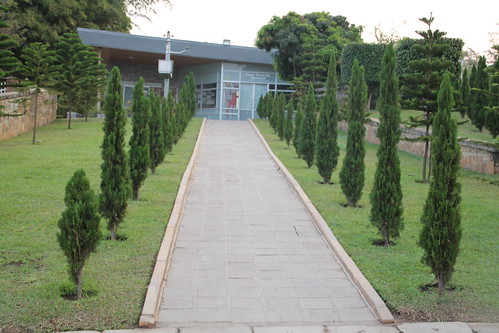
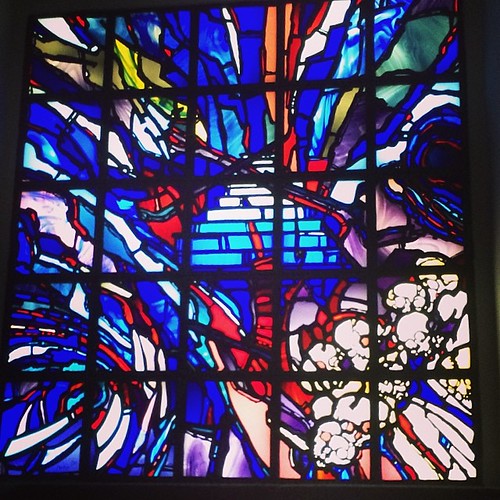
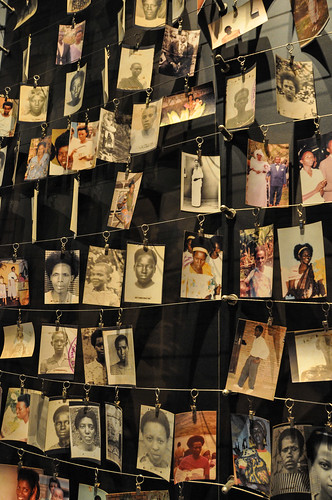
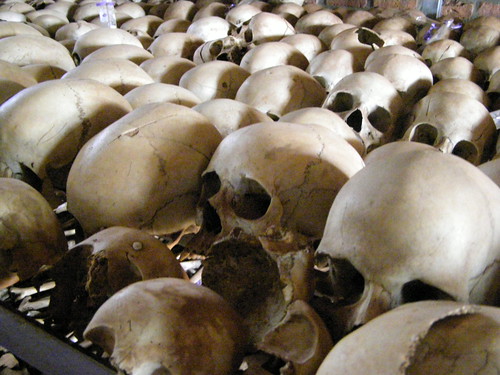
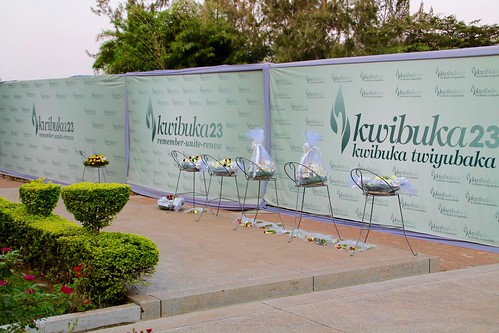

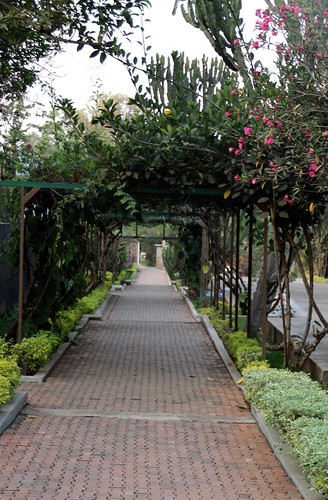
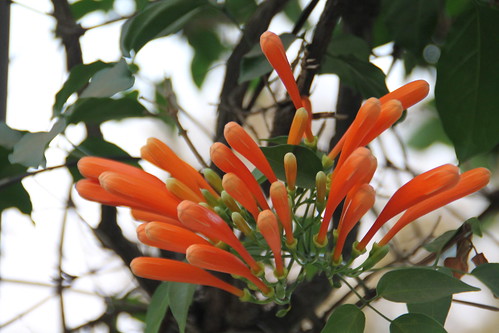
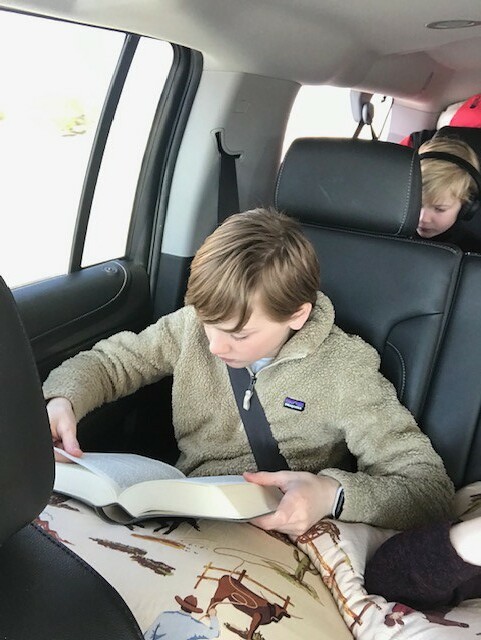
No comments:
Post a Comment